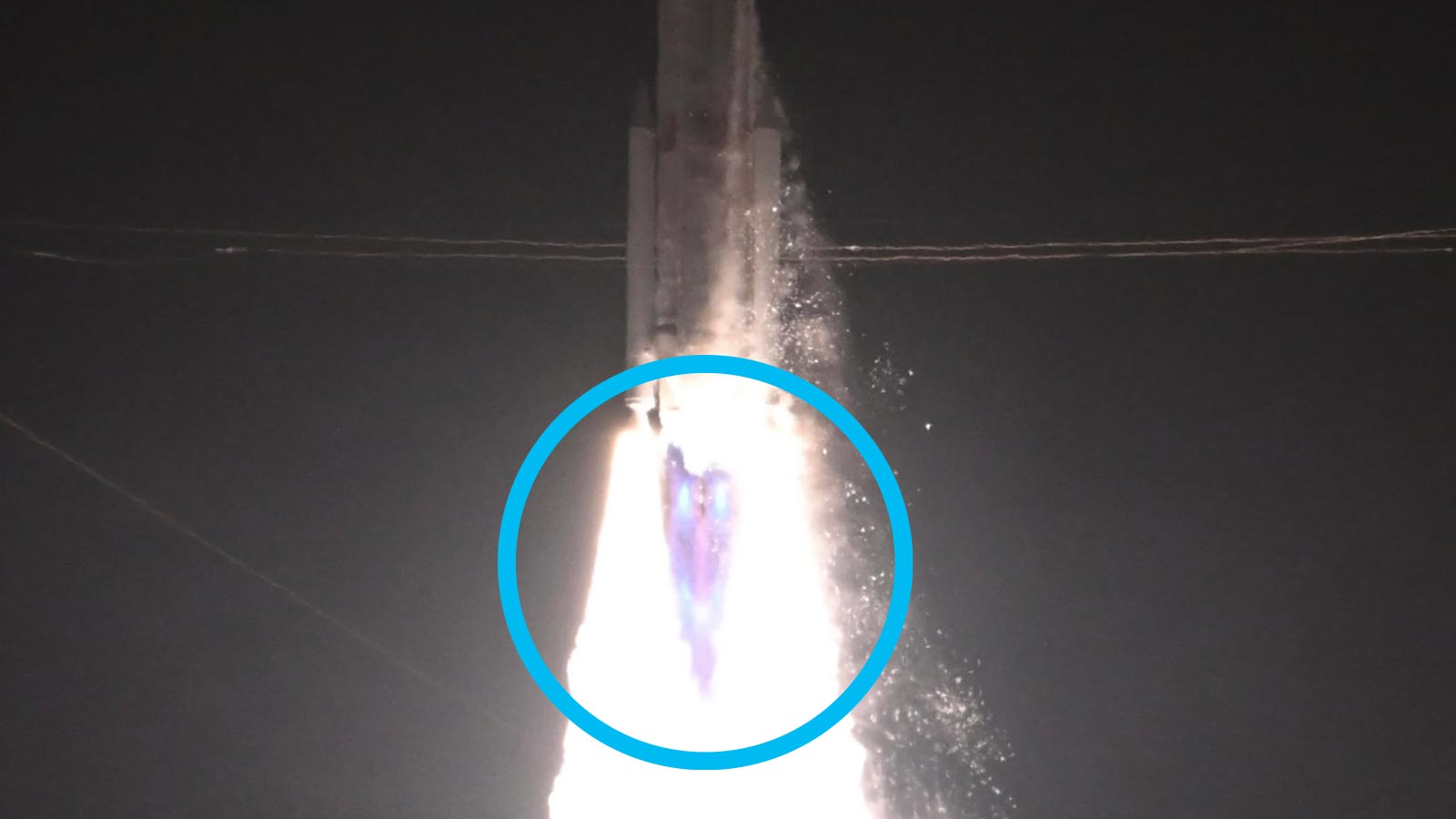Stay Up to Date
Submit your email address to receive the latest industry and Aerospace America news.
Methane is an increasingly attractive fuel for new rocket designs, including the United Launch Alliance Vulcan, the first of which is shown lifting off from Florida on Jan. 8 in a flight that delivered the doomed Peregrine lander to space. As for the rocket’s performance, “A perfect mission,” declared CEO Tory Bruno on X.
The blue and violet flame you see is the result of the combustion of liquefied natural gas, a form of methane, with liquid oxygen in the first-stage BE-4 engines. “When these excited molecules return to their ground state, they release energy which is observed on the visible spectrum as blue light,” explains Trevor Elliott, a professor at the University of Tennessee at Chattanooga.
What makes LNG an attractive fuel over kerosene or the liquid hydrogen that fuels NASA’s Space Launch System rockets? Just as your gas stove burns cleaner with natural gas, so does a rocket fueled by LNG. This fuel also delivers more thrust per unit of mass than kerosene, and it has a higher energy density than liquid hydrogen. That means smaller fuel tanks are required to fly the same distance, according to Bill Anderson, a professor at Purdue University.
About cat hofacker
Cat helps guide our coverage and keeps production of the print magazine on schedule. She became associate editor in 2021 after two years as our staff reporter. Cat joined us in 2019 after covering the 2018 congressional midterm elections as an intern for USA Today.
Related Posts
Stay Up to Date
Submit your email address to receive the latest industry and Aerospace America news.




